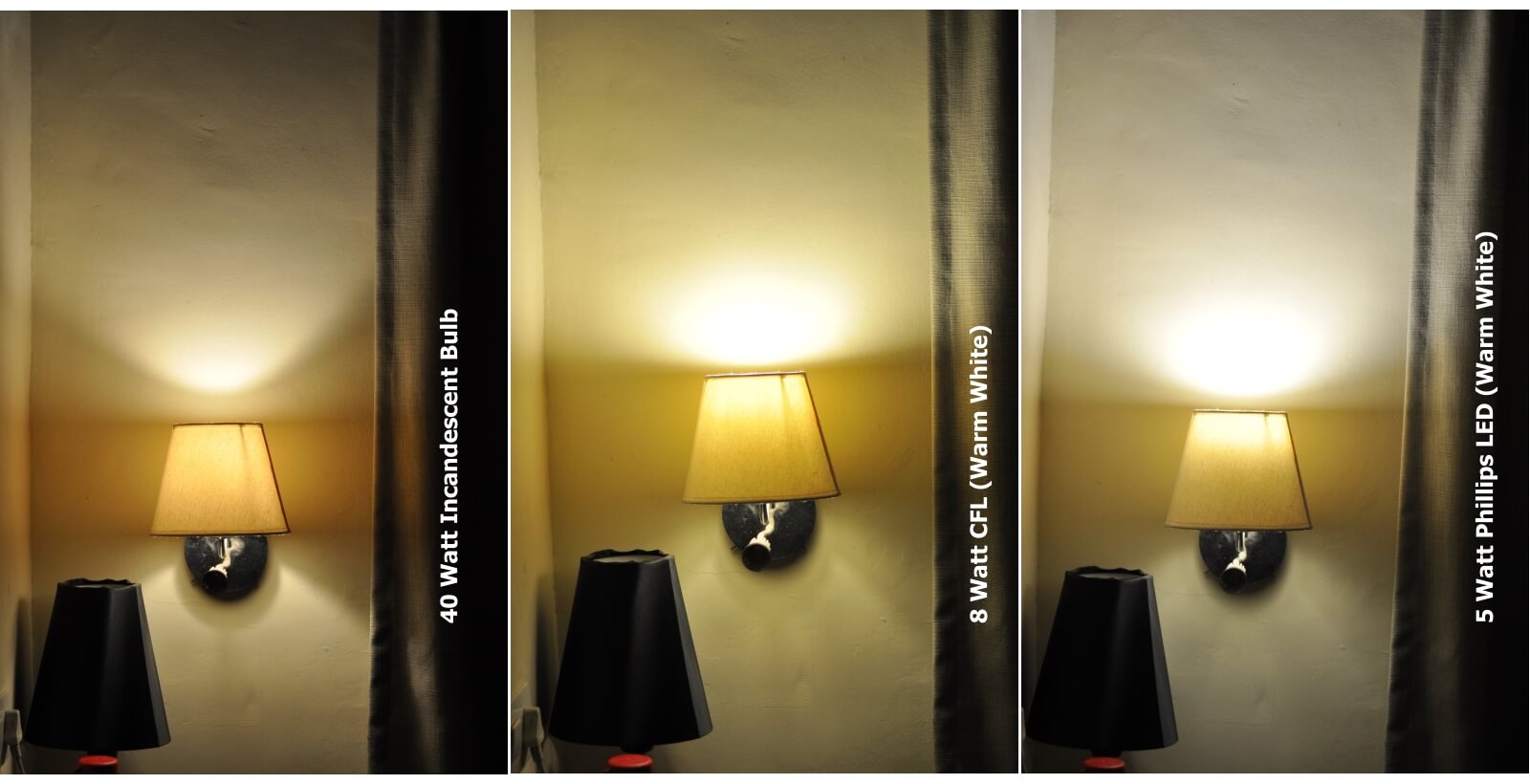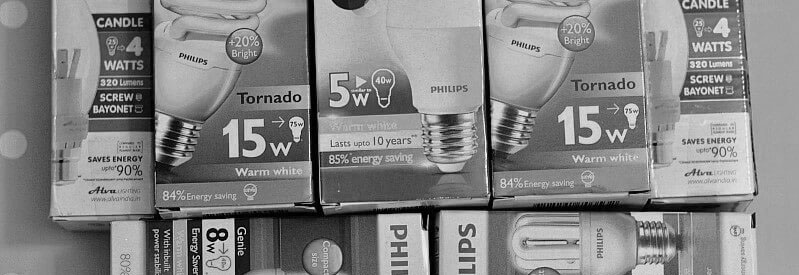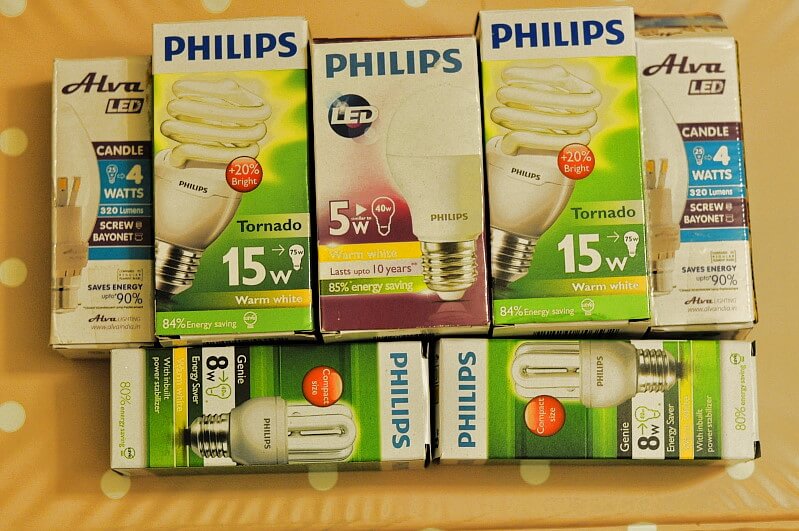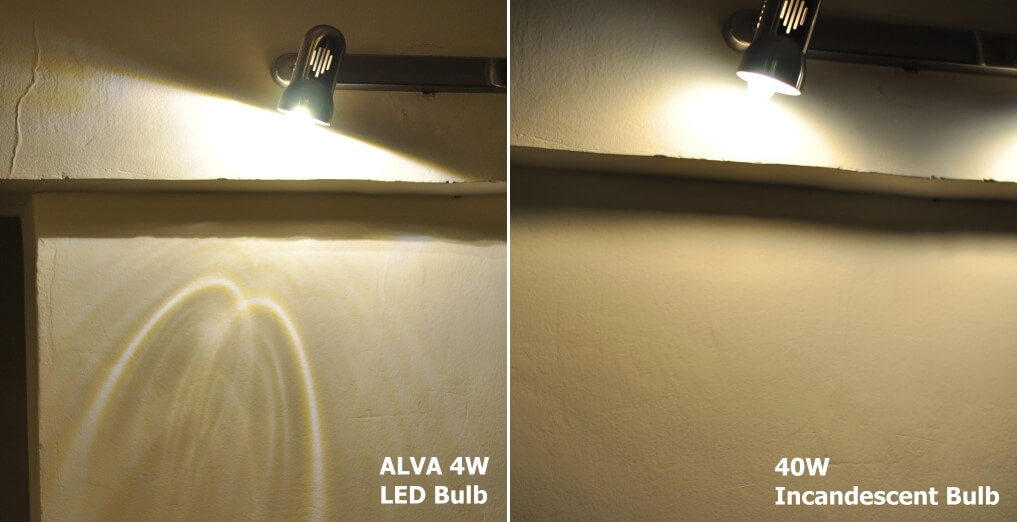If you have noticed, LED bulbs are all the rage suddenly.
They are all over the place - the Philip bulb ads on TV, the Syska LED ads on radio and everywhere else. They have been around for quite sometime - but suddenly have burst into the scene.
So, with incandescent bulbs blowing up around my house, I decided to do a full review and bought a bunch of lights to see which ones stack up. Here are the contestants:
My Setup
So, in my house, we have all yellow lights - which are mostly bulbs and few CFLS. Hence, my test involves LED bulbs and CFLs in the “Warm White” colour - which gives off a nice yellowish, intimate light.
But before we go ahead, I present to you a little information researched on various types of bulbs. This will help you understand why CFLs are more efficient than bulbs and why LEDs are more efficient than CFLs.
It all starts with Lumen
Lumen is a unit to measure the amount of light.
If you are interested in the textbook definition, please see here.
In India, we tend to estimate the amount of light given by the wattage of a particular bulb. Hence, most of us probably have a fair bit of an idea on the light given out by 40W bulbs (incandescent) - useful for lamps, etc., 60W bulbs for regular, home lighting and 100W bulbs for outdoor / brighter lighting.
“Watts” or (W) is the unit of electricity consumed.
Incandescent bulbs give us light by passing electricity through a filament which heats up and emits light.
In fact, 95% of the energy in these bulbs is lost to heat and only 5% is what produces light (ref).
Hence, incandescent bulbs produce only 16 lumens / watt.
CFLs in the way they are built are more efficient and can give us between 50-70 lumens / watt (atleast 3 times more than incandescent bulbs)
LED bulbs on the other hand, can output upto 100 lumens / watt - which make them one of the most efficient sources of lighting. I drew up some numbers to compare these which are in the table below.
Quality of Light
Artificial lighting sources like bulbs, tubes, etc. are also rated on their ability to reproduce colour. The standard light against which these sources are compared is sunlight and companies like Philips claim 90 - 95% colour reproduction for even their base models.
Because most of us (especially yours truly) cannot make out this difference, I have decided to skip this and instead focus on how the light “looks” to me.
As I have already mentioned, all light fixtures in my house are lamps or wall mounts of some sort. We do not have naked tube lights or bulbs anywhere.
As such, I found the LED bulbs to be quite directional. They are known to not offer the omni-directional light that incandescent bulbs offer - but it was quite apparent to me without making much effort.
The light was quite ‘harsh’ for our needs and we decided to not use the bulbs for our lamps. As a matter of fact, I found the Tornado CFLs to give the best light distribution.
 40W Incandescent bulb vs 8W CFL vs 5 LED (click for larger image)
40W Incandescent bulb vs 8W CFL vs 5 LED (click for larger image)
As you can see, the incandescent bulb gives the best light distribution - but if you had to compare the CFL vs LED, the CFL (Tornado in this case), creates a much more distributed environment and is not as harsh as the LED.
Which LED bulb should I buy?
There are a couple of bulbs available in the market. I bought and tried the Philips LED ones and the Alva LED which is an Indian company - and it costs half of what Phillips cost.
In my opinion, LED bulbs are quite overpriced at the moment.
However, if you MUST get LEDs, I would recommend Philips over Alva as I was quite disappointed with the Alva offering.
I bought candle lights from them and this is the light that I got from them:
The light that the Alva bulbs were casting was quite disappointing - even for use as spotlights (which I did not intend to use them as) - they look not so nice.
In Conclusion
For me, I have decided to replace all the incandescent lights in my house with CFLs at the moment.
There are some fixtures which the CFL form factors do not support (especially the small fixtures with the E14 sockets) - which I am going to continue using bulbs on.
LED bulbs - though exciting - don’t offer the kind of light that I am looking for. Plus the super expensive price point puts me off.
What do you guys think? Would love to hear your thoughts and experiences in the comments below.
Further Reading / Links
- Different types of bulb bases. Don’t get the wrong type of bulb for your fixture.
- Philips LED bulbs on Amazon
- Cheaper LED Bulbs on Snapdeal
- Myths vs Facts on LED and CFL lighting (especially about mercury content in CFL bulbs)


